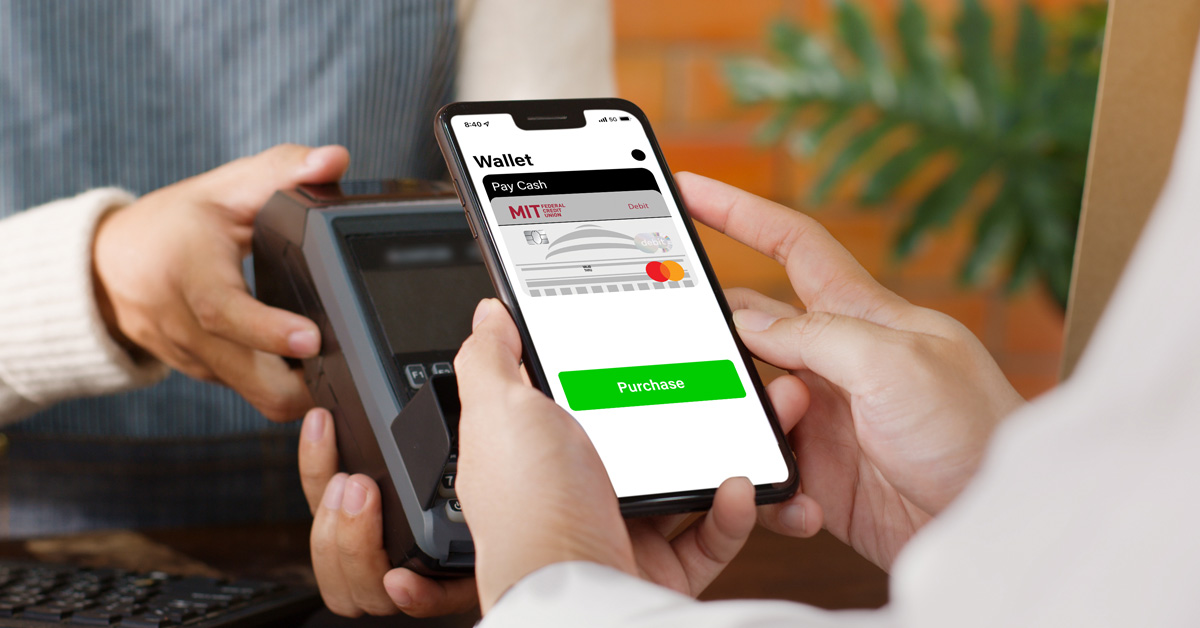Beware Of Phishing Scams!
The Federal Trade Commission (FTC) has warned of a recent upsurge in phishing scams involving credit union brands.
In all phishing scams, the scammer poses as a legitimate business or service provider where the victim may have familiarity. In this case, they claim to represent your credit union. The fraudsters use social engineering, capitalizing on social norms to inspire trust and manipulate unsuspecting people.
The scammers usually communicate via email, but they may also use methods like phone calls, text messages or social media. They convince the victims of their legitimacy by providing personal details about the victim that have been found online.
Next, the victim is lured into providing more information by the promise of compensation, or by claiming the victim needs to verify or update their account. Once the scammer has the information, they can empty the victim’s accounts, track their online activity and/or steal their identity.
Alternately, the scammer may lead a victim into clicking on links that are embedded with spyware. The links go to a website that looks just like MIT Federal Credit Union site, but is actually bogus. Since the victim thinks they’re browsing MIT Federal Credit Union site, they generally won’t hesitate to input usernames and passwords.
You can recognize these messages as scams by remembering that your credit union will never ask for sensitive information through insecure channels.
Unfortunately, hundreds of people are falling prey to phishing scams. Don’t be the next victim! Here are four tips to help you protect yourself:
1. Ignore suspicious emails
If you receive an email from an unidentifiable source, ignore it. Don’t reply to the email, click on any embedded links or open attachments. Similarly, never “friend,” or otherwise accept communications with a stranger via social media. As a general rule, it’s best not to share any personal information over the internet.
2. Alert MIT Federal Credit Union
If you think you’ve been contacted by a scammer who’s impersonating MIT Federal Credit Union, let us know! It’s best to forward the original email you received. If you’ve already deleted it, though, send us an email with every detail you can remember.
3. Report all suspicious activity
File your complaint at www.ftc.gov. You can also visit the FTC’s Identity Theft website at www.consumer.gov/idtheft to learn how to minimize the fallout of a possible identity theft.
4. Strengthen your computer’s protection
Efficient antivirus software will prevent your computer from accepting suspicious emails. If your software doesn’t update automatically, be sure to update it manually on a frequent basis.
A strong firewall prevents scams and viruses by making you invisible on the internet and blocking all communications from unauthorized sources.
Similarly, the settings on all of your social media outlets should be as private as possible. Finally, all suspicious email addresses should be added to your computer’s blacklist as quickly as possible. With good precautions and steps toward prevention, you can keep yourself safe from phishing scams!
« Return to "Blog"
Tags

Six Ways to Tell if a Website is Safe
Don’t get stuck on an unsafe site! Use the tips here to stay safe.

Your Complete Guide to Identity Theft Protection
Here is your complete guide to identity theft protection.

The Benefits of Using Mobile Wallet
Tired of digging out cash or cards at the checkout? Try mobile wallet!





